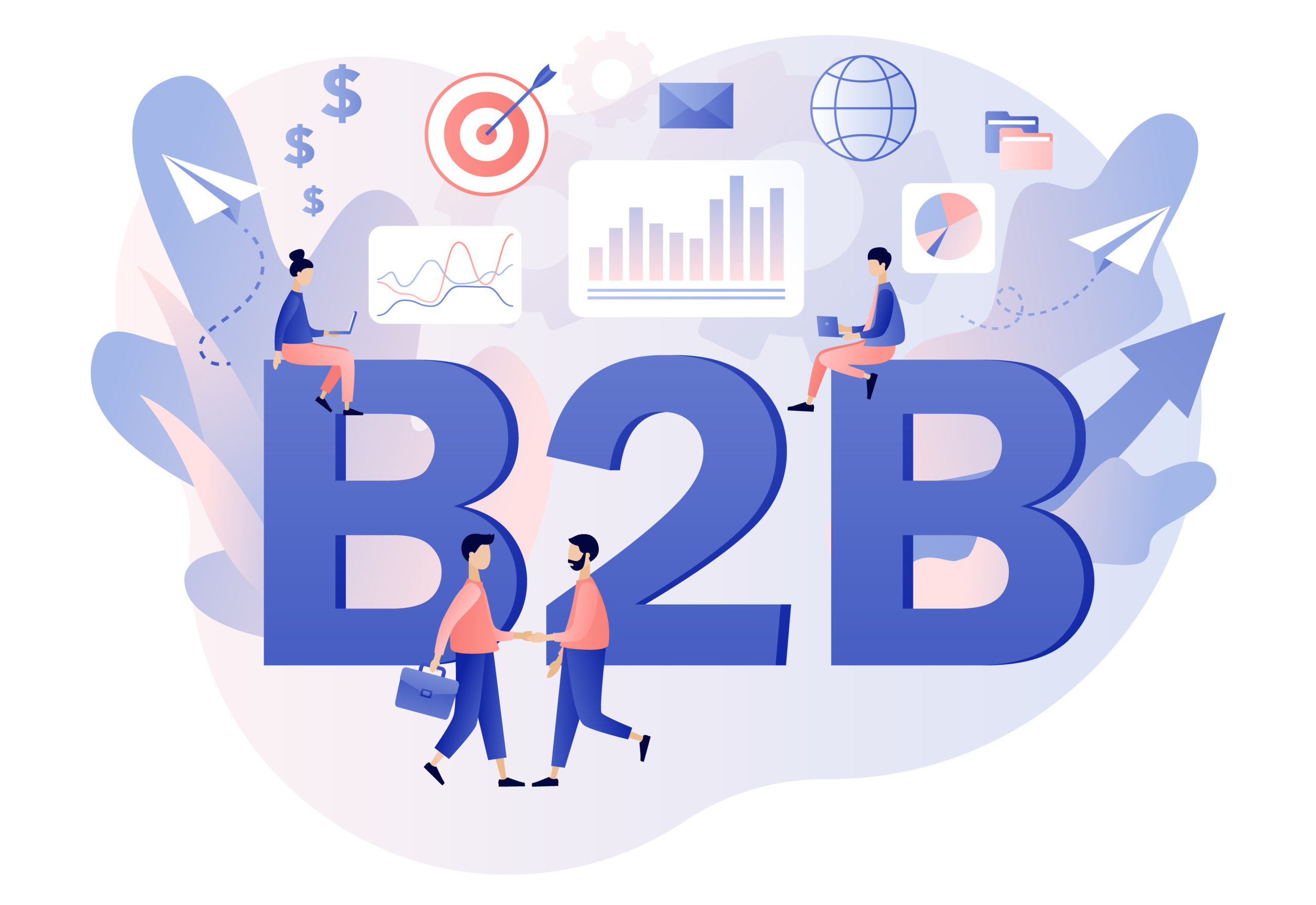B2B Marketing Behavioural Segmentation
have long been rites of passage for growing etailers, and while demographic information is still keenly insightful, it takes an even deeper examination of user habits to stay ahead nowadays.
Practical commerce idealizes actionable solutions applied to real challenges, and nothing is more practical than better understanding your customers.
Understanding their habits and how your visitors/customers behave is the key to offering a truly unique experience. The key word here being personalization.

Of course, the word behaviour, as it relates to e-commerce, typically conjures images of how individual consumers might interact with a site, use a product, or how frequently they make purchases. While some of this information is really only applicable to human beings, we can still relate the principles to B2B.
“When it comes to marketing automation, few techniques are as beneficial as segmentation, which allows you to categorize your leads based on data that you’ve collected on them. This, in turn, allows you to personalize their experience more, thereby making your nurturing efforts more effective. However, normal segmentation is based on who the user says they are, often provided by the information they fill out in your opt-in forms. Another effective form of segmentation you should look into is behavioural market segmentation.” – Gartlan, 2019
Which Types of Behavioural Segmentation Apply to B2B?
First it’s valuable to understand the common types of B2C behavioural segmentation before identifying which can practically be applied to B2B.
- Purchasing behaviour
- Benefits sought
- Customer journey stage
- Usage
- Occasion
- Customer Satisfaction
- Customer Loyalty
- Interest
- Engagement-level
- User status
Which items from this list do you think would relate to a wholesale business?
Benefits? Sure, the procurer wants their end-user to enjoy the benefits of the product, but since they’re purchasing with the intent to resell and redistribute, they’re not going to seek the benefits for themselves. Usage? Same answer.
Occasion? Wholesale typically means tighter margins counteracted by high volumes. This means that B2B businesses don’t like to rely on seasonal or intermittent high-revenue events, and instead want to move products consistently. So this is a no.
Satisfaction, interest and engagement all fall closer to a B2C-focussed marketing approach. So we’ve narrowed it down to the remaining four, and we can now discuss how they’re important to B2B.
Purchasing Behaviour
What motivates your customers to buy? This is a hugely subjective question and can differ based on industry, size, region, etc.
“For anything other than inevitable purchases, your customer typically has a number of potential options – each with their respective pros and cons. Each of the individual stakeholders are also likely to have different personal motivations, priorities and decision criteria – often making it hard to establish consensus.” – Inflexion, 2018
Clearly identifying the factors that influence their decisions will give you a predictive glimpse into how they behave and adapt your sales approach to complement it.
Journey Stage
Customer behaviour will be different at every point of the journey, but valuable information can also be collected at any stage. Early on, monitoring how awareness turns into interest and so on will allow you to tailor your efforts to convert more early-stage potential customers,
For customers that have an ongoing relationship with a business, making efforts to strengthen those bonds and offering improved, ore personalized services and gauging how the customer reacts will offer insight into how to treat specific segments.
Loyalty
While B2C merchants are always focused on the acquisition, B2B is focused on retention. If a customer is making large orders on a regular basis, as a B2B business you’d better make damn sure it stays that way.
Take note of how solid accounts operate and why they choose to continue purchasing from a specific supplier and it will give insight into which behaviours match up with the business model and which aspects of the business keep them coming back.
Status
Retaining large accounts is a best practice that is also an endless cache of behavioural information. Every major account will have distinctions, but also similarities with other businesses operating in the same field. The status, or significance, of these accounts, should help you prioritize which types of segments you should focus on.
Assessing the purchasing behaviour, journey, and reasons for remaining loyal of high-tier accounts will paint a picture of what a supplier is doing right within that particular segment, and what might not work with customers that have different patterns of behaviour.
Segmentation for Sustainability
As stated earlier, traditional marketing techniques just don’t cut it anymore, and neither do conventional business models. Behavioural segmentation is especially important to highly complex ventures that serve both B2B and B2C markets to avoid any prospects slipping through the cracks.
Because the B2B vision is so broad, businesses need to compile all types of behavioural information from both consumers and distributors in order to offer appropriate services and continuously improve the experience multi-laterally.


